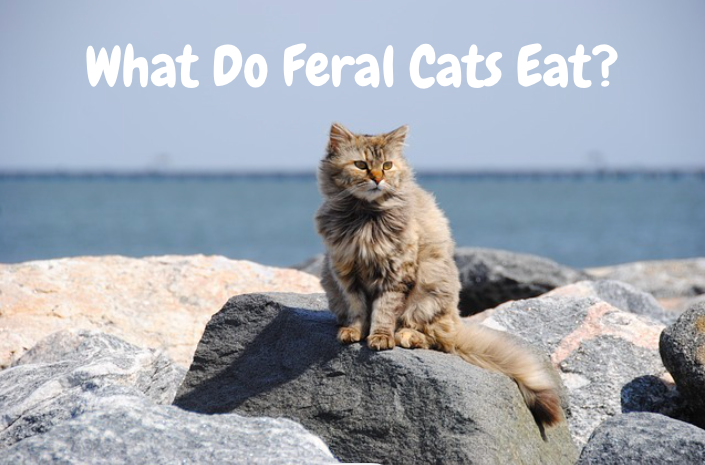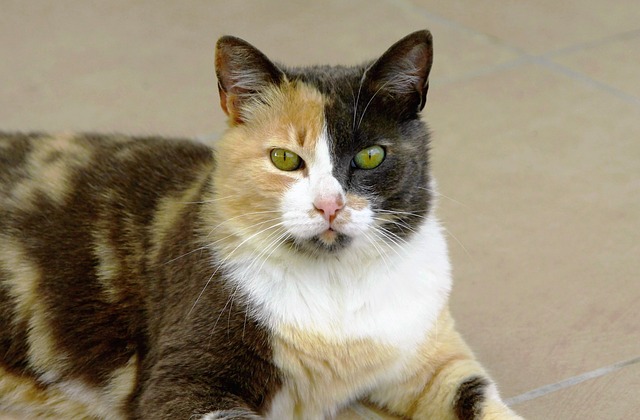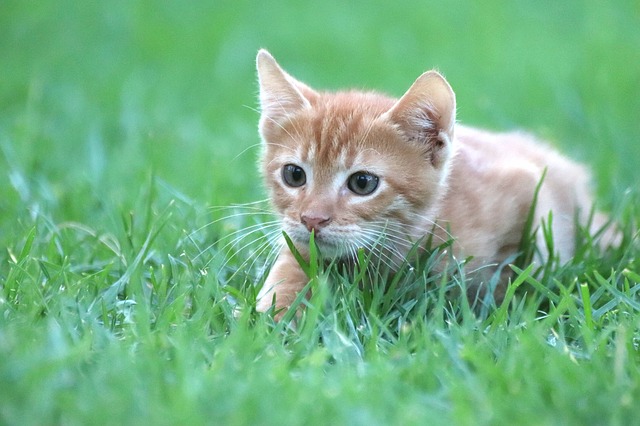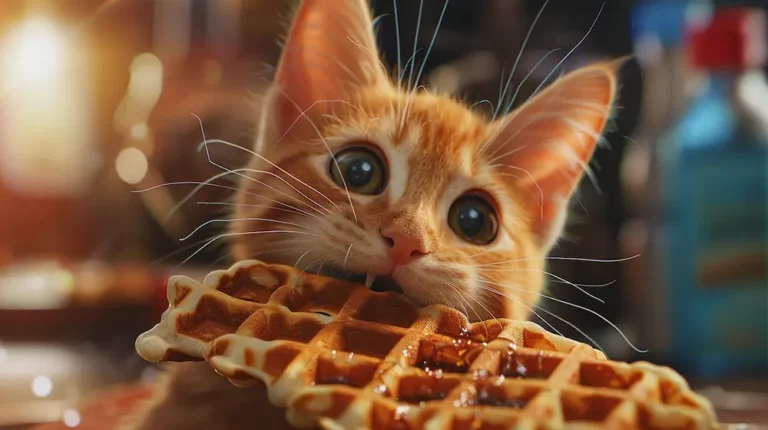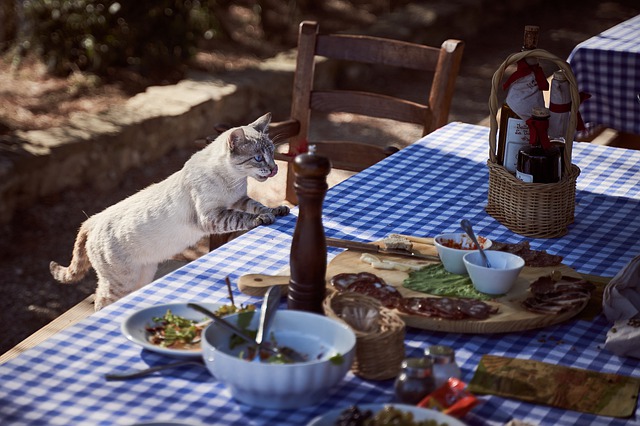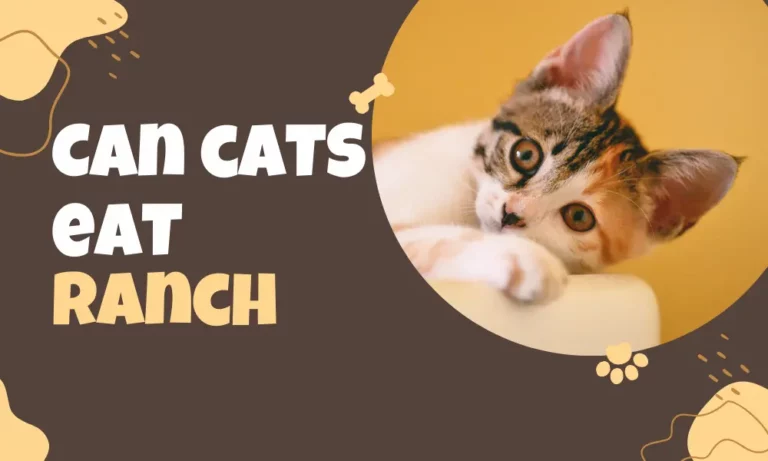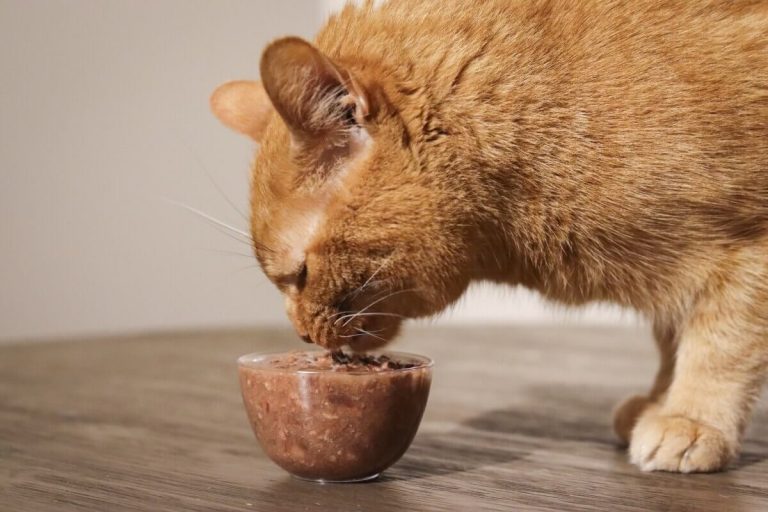What Do Feral Cats Eat?
Feral cats are known for their adaptability and ability to survive in various environments. When it comes to their diet, feral cats are opportunistic hunters and scavengers, which means they will eat whichever food is available to them.
This includes small mammals such as mice and rats, birds, insects, and even human food scraps.
Feral cats may also hunt and eat fish, depending on their habitat. Feral cats are skilled at finding food sources and making the most of whatever they can find.
What is a feral cat ?
Feral cats are domesticated cats that have returned to a wild state. They are not socialized to humans and often live in colonies with other feral cats.
Feral cats can be found in various environments, including urban and rural areas, and are known for their adaptability and resilience.
Unlike stray cats, feral cats have not been socialized to humans and are unsuitable for pet adoption. Feral cats are skilled hunters and scavengers, able to survive on a range of food sources. They are opportunistic and will eat anything from small mammals and birds to insects and human food scraps.
Feral cats may also hunt and eat fish, depending on their habitat. While feral cats are often seen as a nuisance to humans, they play an important role in controlling rodent populations and can help to maintain ecological balance in certain environments.
Feral cats are often subject to misconceptions and negative stereotypes. However, they are living beings that deserve respect and humane treatment. Programs focusing on trap-neuter-return (TNR) have successfully stabilized feral
By spaying or neutering feral cats, the cats can live out their lives without contributing to overpopulation. It is important to remember that feral cats are not wildlife but domesticated animals forced to adapt to a wild environment.
How does a feral cat ‘s diet differ from a pet cat ‘s diet?
A feral
As a result, feral cats are opportunistic feeders and eat whatever food is available to them, including small mammals, birds, insects, and human food scraps.
In contrast, pet cats are typically fed a diet of commercial
This is because pet cats are not required to hunt for their food, and their owners are responsible for ensuring that they receive a balanced diet. Overall, the diet of a feral
Feral cats must adapt to whatever food sources are available to them, which can include a wide variety of prey animals and human food scraps. In contrast, pet cats receive a consistent source of nutrition from their
While feral and pet cats are skilled hunters, their diets reflect their different lifestyles.
Most common foods for feral cats
Feral cats are known to be opportunistic feeders, and their diet varies significantly depending on the location and availability of their food sources. However, some foods are more common in their diet than others.
Small mammals such as mice, rats, and rabbits make up a significant portion of the feral
In addition to small mammals, feral cats also consume birds, reptiles, and insects. Birds can be a challenging prey for feral cats to catch, but they are a common food source, especially in urban environments.
Reptiles such as lizards and snakes are also a part of their diet, but they are less common than small mammals and birds. Insects are another food source for feral cats, especially during the warmer months when they are abundant.
Human food scraps are also a common food source for feral cats, particularly in urban areas. Feral cats are known to scavenge for food in trash cans and dumpsters and eat almost anything they can find.
However, it’s important to note that human food scraps are not a complete or balanced diet for feral cats and can lead to health problems if consumed regularly.
Finally, while the diet of feral cats is diverse and can vary depending on their location, small mammals, birds, reptiles, and insects consume the most common foods.
Do feral cats kill birds?
Feral cats are known to be skilled hunters and are often blamed for the decline of bird populations in certain areas.
While it’s true that feral cats hunt and kill birds, the extent of their impact on bird populations is still a debate among researchers. Some studies suggest that feral cats are responsible for the deaths of millions of birds yearly, while others argue that other factors, such as habitat loss and climate change, may be more significant contributors to bird declines.
The impact of feral cats on bird populations can vary depending on the location and the types of birds present. In urban areas, feral cats are more likely to prey on birds such as pigeons and house sparrows, which are common in these environments.
In rural areas, feral cats may prey on various birds, including game birds and endangered species.
Even though feral cats can significantly impact bird populations in some areas, it’s important to note that not all feral cats hunt birds, and some may be more focused on other prey, such as small mammals or insects.
Are feral cats good for the environment?
The question of whether feral cats are good for the environment is a complex one. On one hand, feral cats can provide ecosystem services by controlling rodent populations, which can benefit farmers and other landowners.
Additionally, feral cats can provide companionship and joy for people who appreciate their unique personalities and behaviors. However, on the other hand, feral cats can also negatively impact the environment, particularly when it comes to their predation on birds.
Feral cats may benefit the environment, but their impact on bird populations is a cause for concern. As mentioned earlier, feral cats are known to hunt and kill birds, and their impact on bird populations can be significant in some areas.
This is particularly true in rural areas where feral cats may prey on multiple birds, including endangered species.
Given the importance of birds to the ecosystem, it’s important to consider ways to mitigate the negative impacts of feral cats on bird populations while still recognizing the potential benefits they may provide in other areas.
